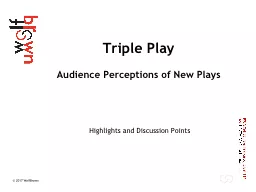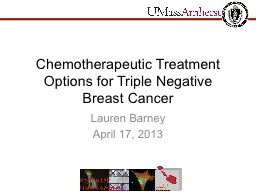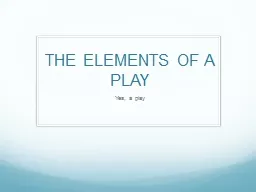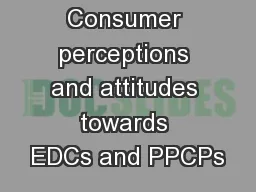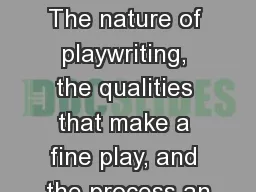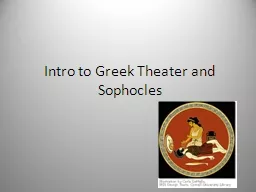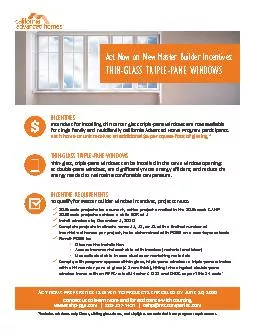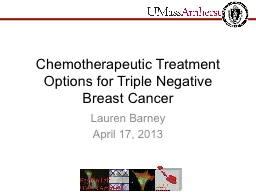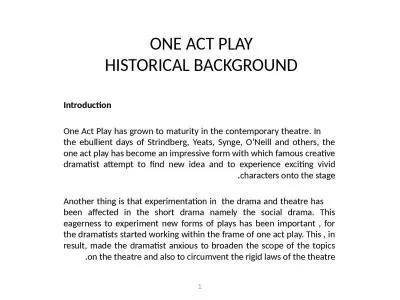PPT-Triple Play Audience Perceptions of New Plays
Author : kittie-lecroy | Published Date : 2018-10-30
Highlights and Discussion Points 2 Methodology Methodology Pilot study in 2014 Interviews with 289 audience members Large scale survey of STBs received 7213 valid
Presentation Embed Code
Download Presentation
Download Presentation The PPT/PDF document "Triple Play Audience Perceptions of New ..." is the property of its rightful owner. Permission is granted to download and print the materials on this website for personal, non-commercial use only, and to display it on your personal computer provided you do not modify the materials and that you retain all copyright notices contained in the materials. By downloading content from our website, you accept the terms of this agreement.
Triple Play Audience Perceptions of New Plays: Transcript
Download Rules Of Document
"Triple Play Audience Perceptions of New Plays"The content belongs to its owner. You may download and print it for personal use, without modification, and keep all copyright notices. By downloading, you agree to these terms.
Related Documents

